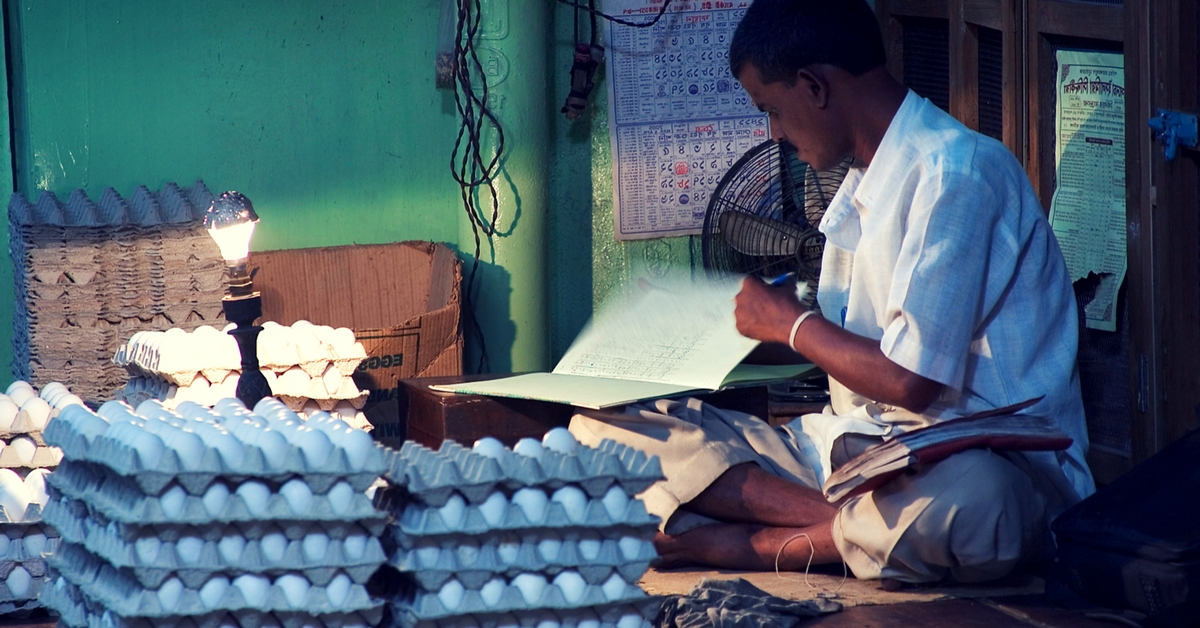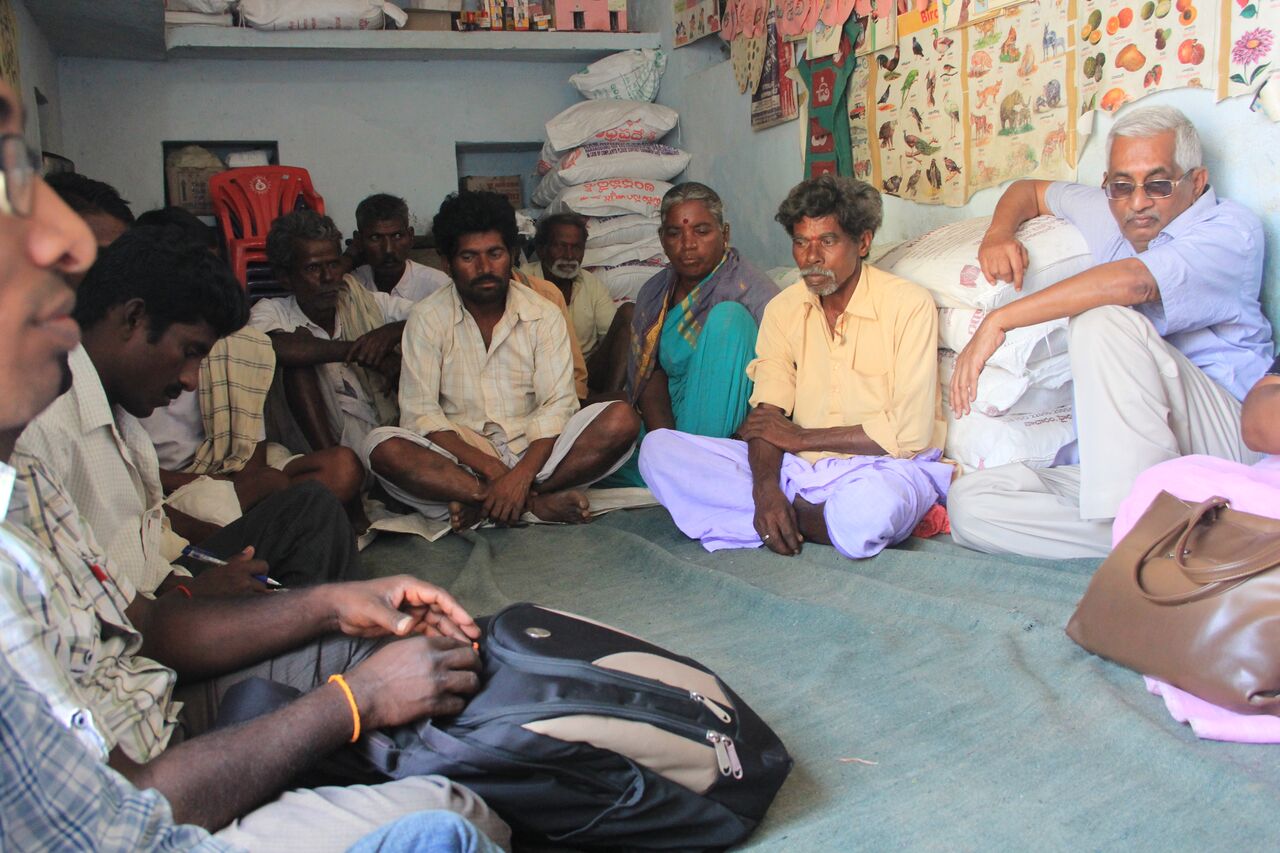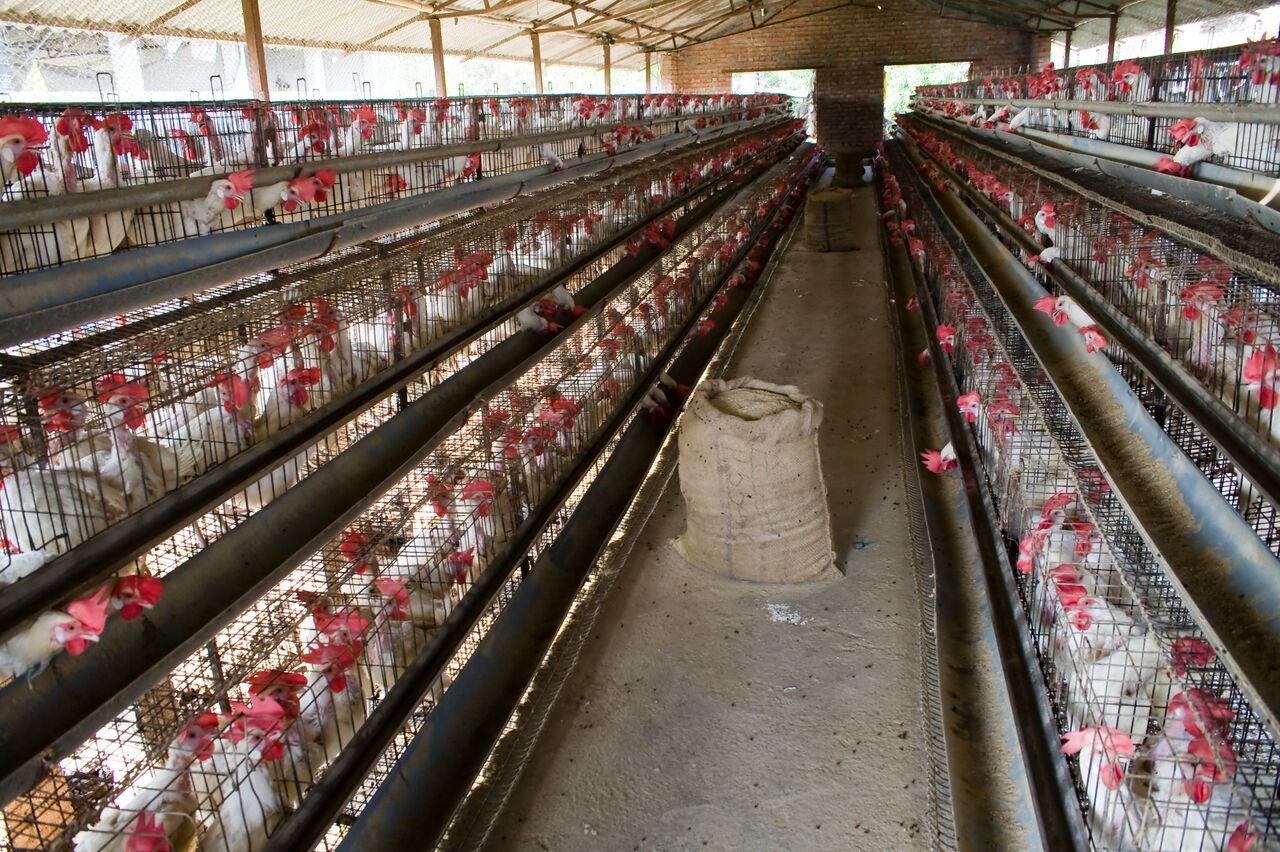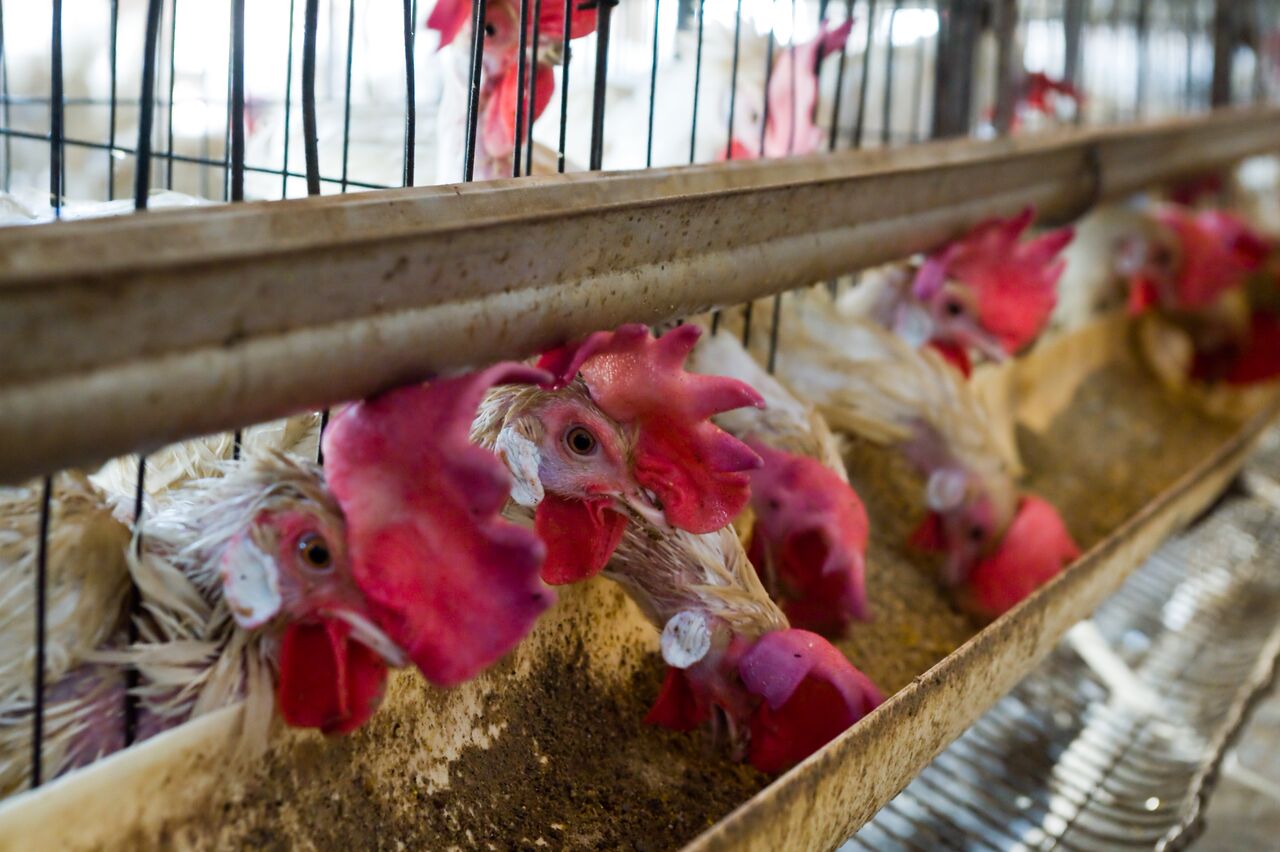When Small Egg Farmers in India Win Big, Hens Benefit Too!
A project which invests in smallholder farmers is good for animals, good for the environment, and good for the economy!

Did you know India is the third largest producer of eggs in the world? More than 220 million egg laying hens are used to produce trillions of eggs. Those are a lot of hens. Unfortunately, most chickens in India are raised in industrial farms, and most egg laying hens are kept in battery cages, tiny wire mesh enclosures that prevent them from spreading their wings or stepping on dirt to bathe. They don’t enjoy the sunshine or the care of a kind farmer, and are simply slaughtered after they stop producing eggs. At least 70% of eggs sold in India come from commercial farmers.
The high demand for eggs has driven their production in commercial farms. This demand is expected to continue increasing as India’s population grows. By 2050, the human population in India will increase by 34%. Experts say egg production alone must increase almost five-fold from current production levels to meet the demand created by India’s expanding population.

Where will those eggs come from? From more and still bigger commercial farms, continuing the industrial agricultural drive which India has witnessed since the 1990s?
Perhaps not.
The recently announced Innovative Poultry Production Project (or IPPP, under the National Livestock Mission) would orient the growth of egg production away from industrial systems, systems that have proven to reduce employment opportunities in the farming sector, damage the natural environment, compromise animal welfare and negatively impact human health. Here are some of the reasons HSI supports this program:
Helping small farmers
The IPPP aims to facilitate the doubling of farmer incomes by 2020, and to build the capacity of the ‘poorest of the poor farmers’.
To do this, the IPPP will scale-up the existing Rural Backyard Poultry Development Programme by substantially increasing the number of birds (both broiler and egg-laying) provided to selected farmers across 15 states.

Hens in a free range farm PC: Happy Hens Farm
The program envisions working with state governments to ensure that the farmer beneficiaries have, among other support systems: access to poultry healthcare like vaccinations and deworming; training in good rearing and health practices; access to integrators to help buy and market the produce; and access to the common facilities required for hygienic and safe marketing.
Benefiting backyard farmers and rural communities
According to the IPPP, focusing on the ‘backyard’ farmer could allow many landless or marginal farmers to generate income, and their products could provide nutritional security to the rural pool. Industrialised animal agriculture, on the other hand, pushes small farmers out of the market and reduces employment opportunities by decreasing on-farm employment within rural communities.

Backyard poultry farmers in Telangana PC: Humane Society International/India
Moving away from industrial farms that hurt the environment
Industrialised farming has many serious environmental repercussions. According to the Food Agriculture Organisation of the United Nations, the animal agriculture sector is responsible for approximately 14.5% of human-induced greenhouse gas emissions. Industrial farms also pollute bodies of water with run-off from agricultural products, like manure. This in turn compromises drinking water sources and the health of fish. Many of these environmental effects are exacerbated in developing economies due to lack of regulations, or lack of enforcement.

Moving away from intensive confinement which is detrimental for animal welfare
Animals in most commercial farms are kept in intense confinement, within a system that views them as commodities rather than living creatures. Take the example of commercially farmed hens: they are housed in battery cages so small that each bird has less space than an A4 size sheet of paper in which to spend their entire lives. As such, animals are subjected to intense prolonged physical and psychological damage.
Reducing overcrowding which breeds disease
The same factors that compromise animal welfare in industrial farm settings- including inadequate ventilation, high stocking density, poor litter conditions, poor hygiene, high ammonia levels, concurrent diseases and secondary infections, are, according to industry trade journal World Poultry, what makes intensive poultry facilities such “ideal … breeding grounds for disease”.
On the other hand, non-industrial systems (our backyard farmers!) tend to promote greater genetic diversity amongst their animals, and give animals a less crowded and therefore less stressful environment. This also reduces antibiotic use, and therefore minimises the risk of emergence of new disease strains.

While it’s often argued that industrial agriculture is necessary to provide food security, in reality the opposite is true. A system that does not protect the land and other natural resources that it exploits cannot in the long-term support food security. The Innovative Poultry Production Project recognises this, and exemplifies the approach needed to ensure that viable alternatives to commercial agriculture are supported and funded.
Find out about HSI’s current campaigns, and how you can contribute, on the website.
Like this story? Or have something to share?
Write to us: [email protected]
Connect with us on Facebook and Twitter.
NEW: Click here to get positive news on WhatsApp!
If you found our stories insightful, informative, or even just enjoyable, we invite you to consider making a voluntary payment to support the work we do at The Better India. Your contribution helps us continue producing quality content that educates, inspires, and drives positive change.
Choose one of the payment options below for your contribution-
By paying for the stories you value, you directly contribute to sustaining our efforts focused on making a difference in the world. Together, let’s ensure that impactful stories continue to be told and shared, enriching lives and communities alike.
Thank you for your support. Here are some frequently asked questions you might find helpful to know why you are contributing?


This story made me
-
97
-
121
-
89
-
167











